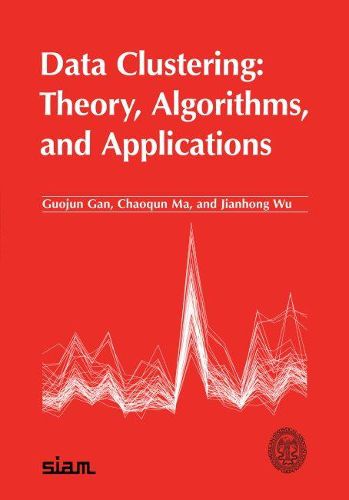Readings Newsletter
Become a Readings Member to make your shopping experience even easier.
Sign in or sign up for free!
You’re not far away from qualifying for FREE standard shipping within Australia
You’ve qualified for FREE standard shipping within Australia
The cart is loading…






Cluster analysis is an unsupervised process that divides a set of objects into homogeneous groups. This book starts with basic information on cluster analysis, including the classification of data and the corresponding similarity measures, followed by the presentation of over 50 clustering algorithms in groups according to some specific baseline methodologies such as hierarchical, centre-based, and search-based methods. As a result, readers and users can easily identify an appropriate algorithm for their applications and compare novel ideas with existing results. The book also provides examples of clustering applications to illustrate the advantages and shortcomings of different clustering architectures and algorithms. Application areas include pattern recognition, artificial intelligence, information technology, image processing, biology, psychology, and marketing. Suitable as a textbook for an introductory course in cluster analysis or as source material for a graduate-level introduction to data mining.
$9.00 standard shipping within Australia
FREE standard shipping within Australia for orders over $100.00
Express & International shipping calculated at checkout
Cluster analysis is an unsupervised process that divides a set of objects into homogeneous groups. This book starts with basic information on cluster analysis, including the classification of data and the corresponding similarity measures, followed by the presentation of over 50 clustering algorithms in groups according to some specific baseline methodologies such as hierarchical, centre-based, and search-based methods. As a result, readers and users can easily identify an appropriate algorithm for their applications and compare novel ideas with existing results. The book also provides examples of clustering applications to illustrate the advantages and shortcomings of different clustering architectures and algorithms. Application areas include pattern recognition, artificial intelligence, information technology, image processing, biology, psychology, and marketing. Suitable as a textbook for an introductory course in cluster analysis or as source material for a graduate-level introduction to data mining.